Travel and portraiture are two separate disciplines that can combine to create beautiful images that tell a story. The key to travel photography is capturing the emotions and beauty of a location. Much of that emotion and beauty is created by the people that live there. Our job as photographers taking travel portraits is to convey both a sense of the location and the character of the person we are shooting. Get it right, and you can go home with some wonderfully emotive images.
Whilst it would be quite easy to shoot candid portraits whilst traveling, you will get much better images if you get involved with your subject, look them in the eyes, and understand a little of their life. If you can then bring that out in your photos, then you have done your job.
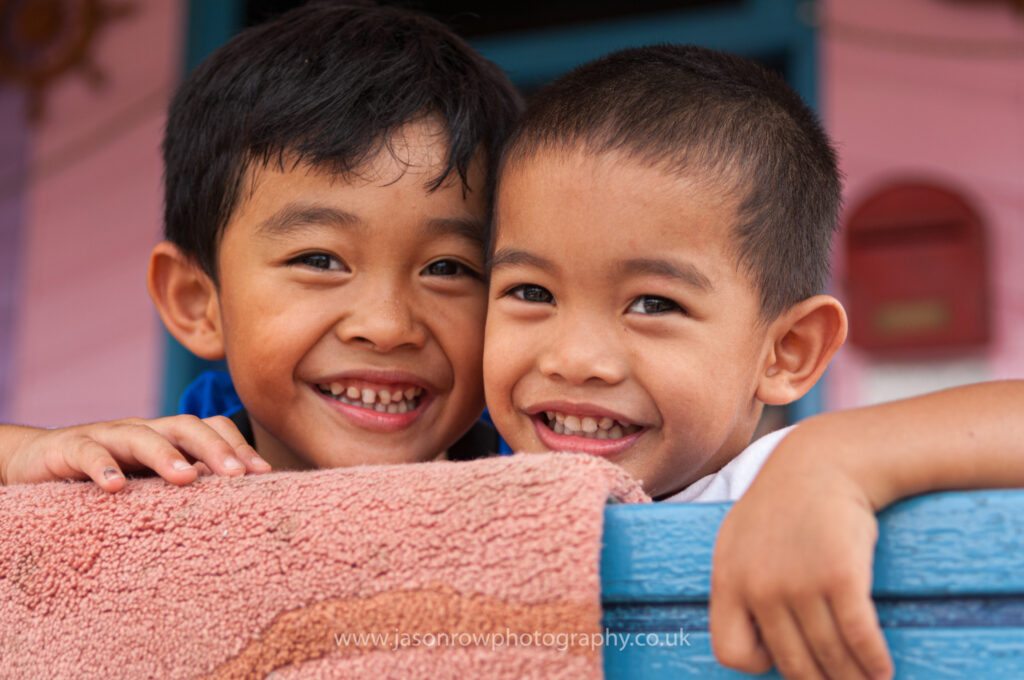
Understanding Where You Are
Whether you are the gregarious dive straight-in type or a more reserved introverted photographer, you will not get great travel portraits if you do not do some research about the place you are visiting.
Cultures change not only by country borders but often from city to city, and it’s important to be prepared for that. It’s important to research the local customs, traditions, and, most importantly, etiquette. Some cultures are not keen on having photographs taken, some openly welcome it, and others may expect something in return. Be open to all of these possibilities.
If you plan to shoot at cultural events, ensure that it’s acceptable to do so and that the event organizers allow it.
If you plan to shoot travel portraits for any type of commercial gain, then you are going to need to ask your subject to sign a model release. Don’t assume that they will never know you have sold their image. Beyond the ethical implications, it’s quite possible their face could end up on a product sold in their country, leaving you open to legal action.
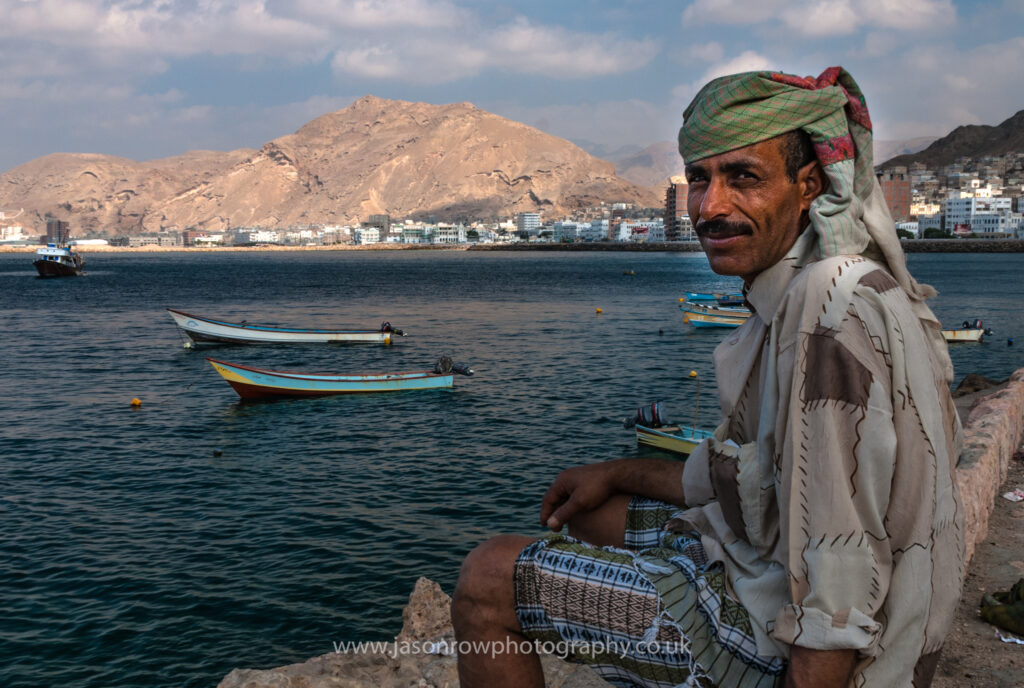
Travel Portrait Gear
Much portraiture is either studio based or shot on location with lots of lighting and even assistants. Travel portraits are not like that, you will most likely be alone, carrying the equipment you would normally use for a travel shoot. So what are the essentials?
A small flashgun or continuous LED light would be very useful. There is a good chance many of your portraits will be outside, possibly in hard light. Either of these will help eliminate harsh shadows. They will also be very handy if shooting indoor travel portraits.
A classic fast portrait lens is useful but not essential. The 85mm f/1.8 is regarded as the go-to portrait lens as it has a flattering perspective and shallow depth of field. This certainly could be used. However, a slightly wider lens would also be useful as it will allow you to capture the surroundings of your subject.
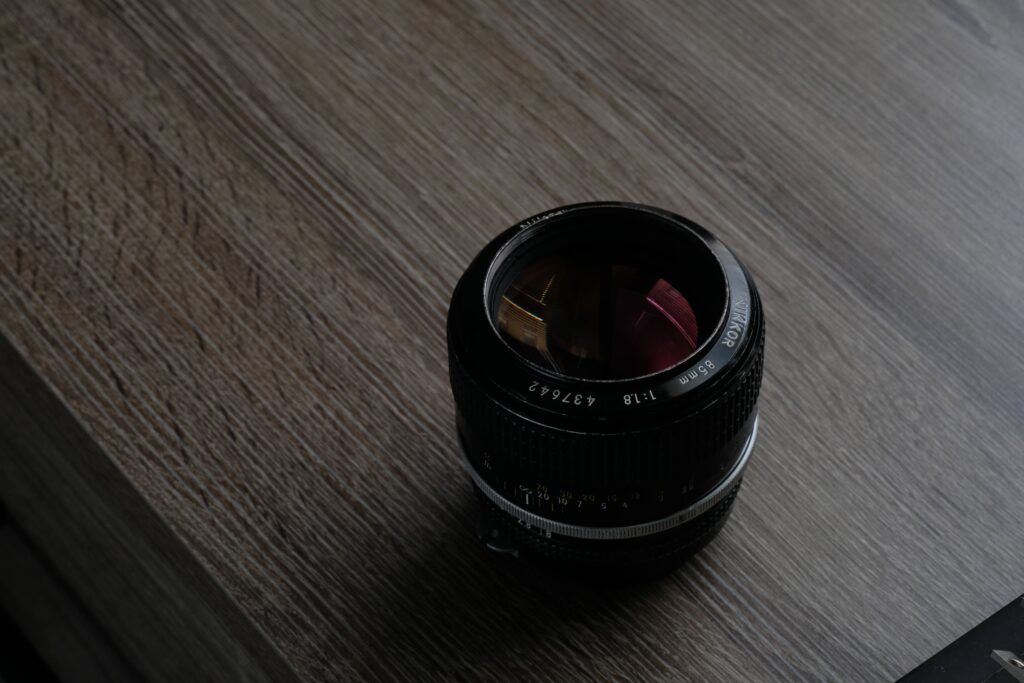
Beyond these, you will pretty much have what you need for great travel portraits. Shooting them is more about spontaneity than preconceived and set-up shots, so traveling light would be advantageous.
The Light Rules In Travel Portraits
As with most aspects of a travel photographer, great light will be your friend. That can be the long soft shadows of a golden hour or the soft, muted light of an overcast day. The key element you seek is modeling in the subject's face. You want the person to have a subtle 3-dimensional feel that brings them out of the screen.
Avoid the harshest light of the day, and also try to avoid harsh shadows on and across the subject's face. The only shadows should be soft and cast by facial features such as nose and eye sockets. Don’t be afraid to use a little artificial light, either from your own source or the ambient light of the location. Light in the subject’s home or place of work can also allow for great travel portraits.
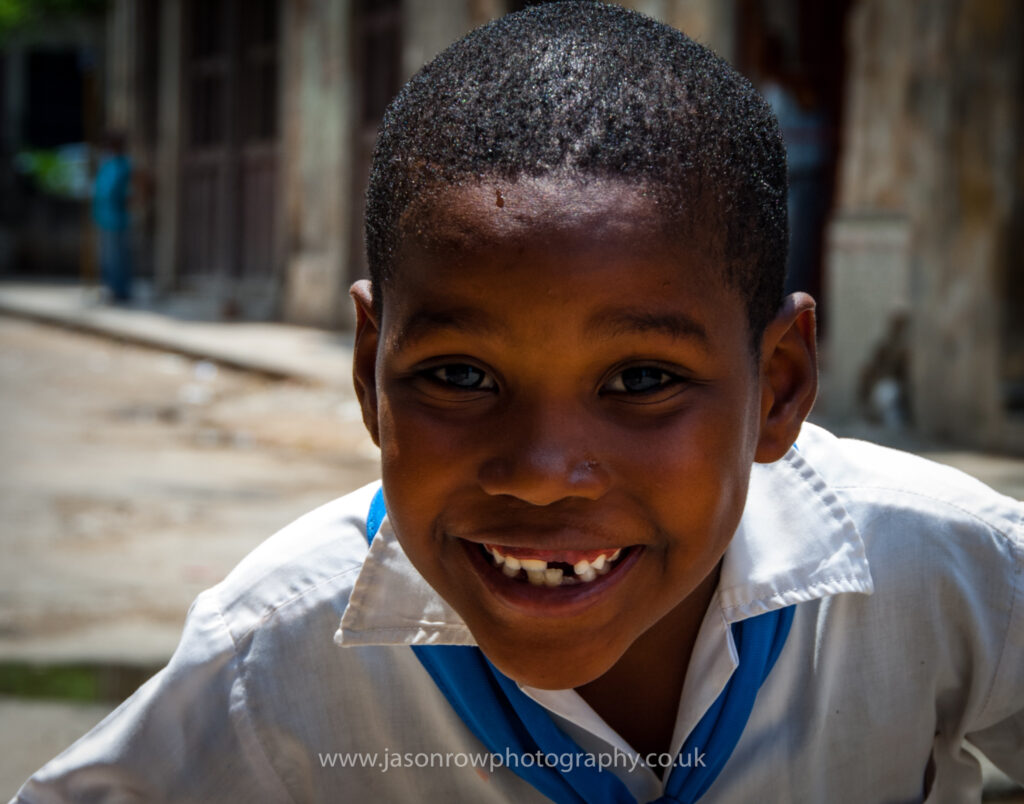
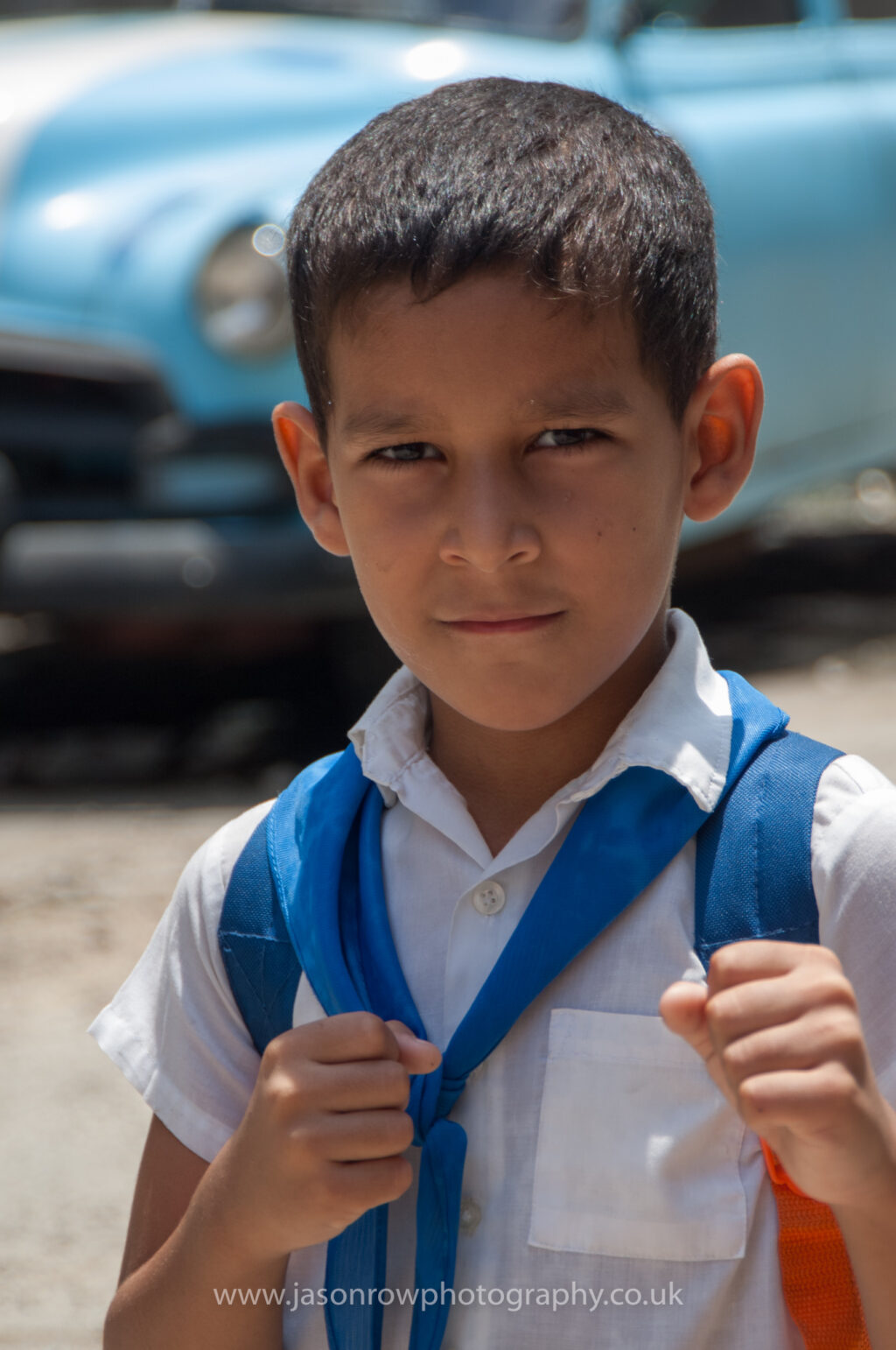
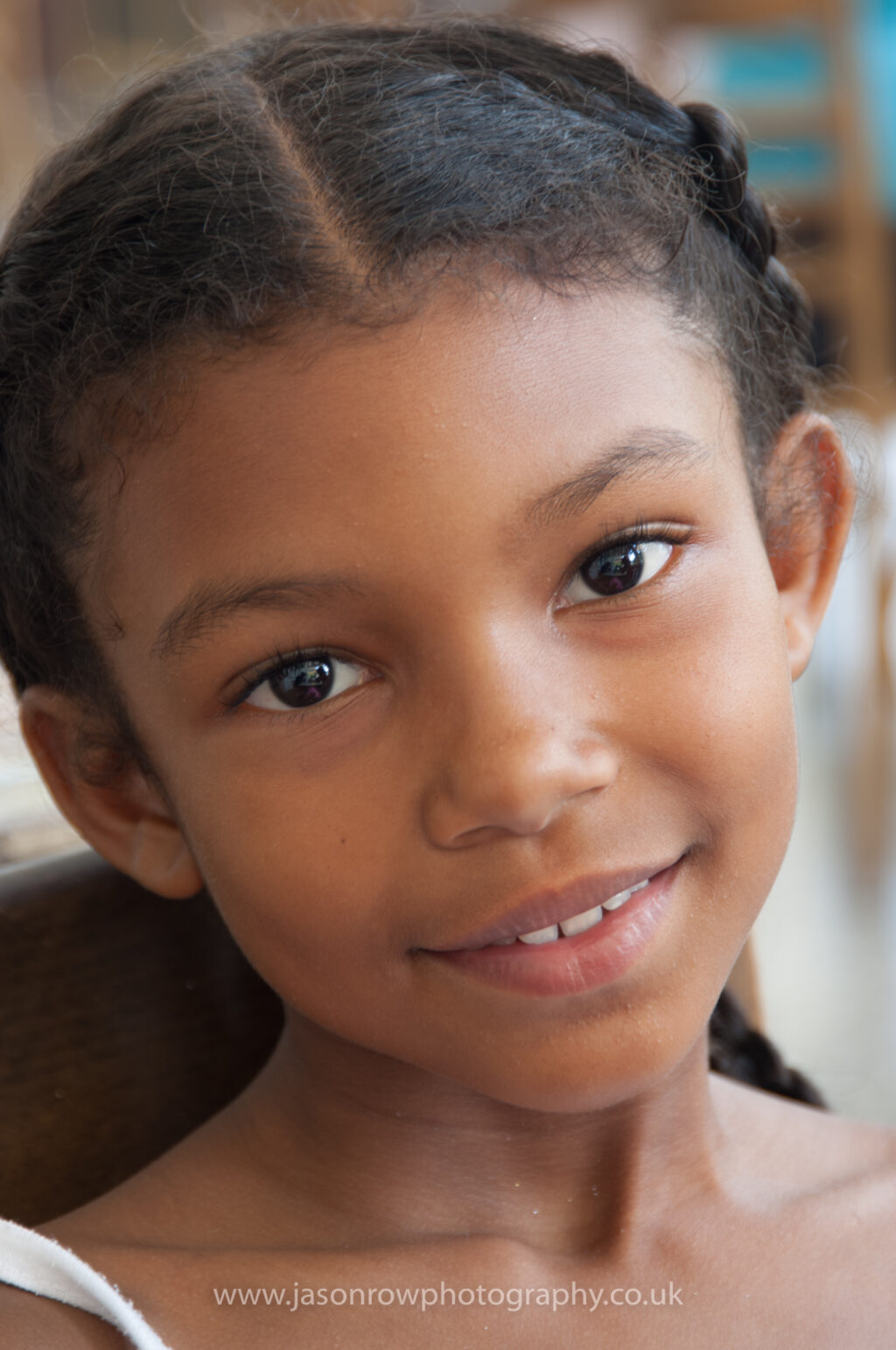
Posing And Composing
Rule of thirds, leading lines, and frames are well-defined compositional rules in travel portraiture. Frames are a particularly useful rule as you can place your subject in a door or window that helps define the location they are in.
Leading lines are useful for bringing your eye through the subject’s environment, whilst placing at least one of the subject’s eyes on a third will draw the viewer’s attention to it. Depth of field can either be shallow or deep, depending on how much of the subject’s environment you wish to include.
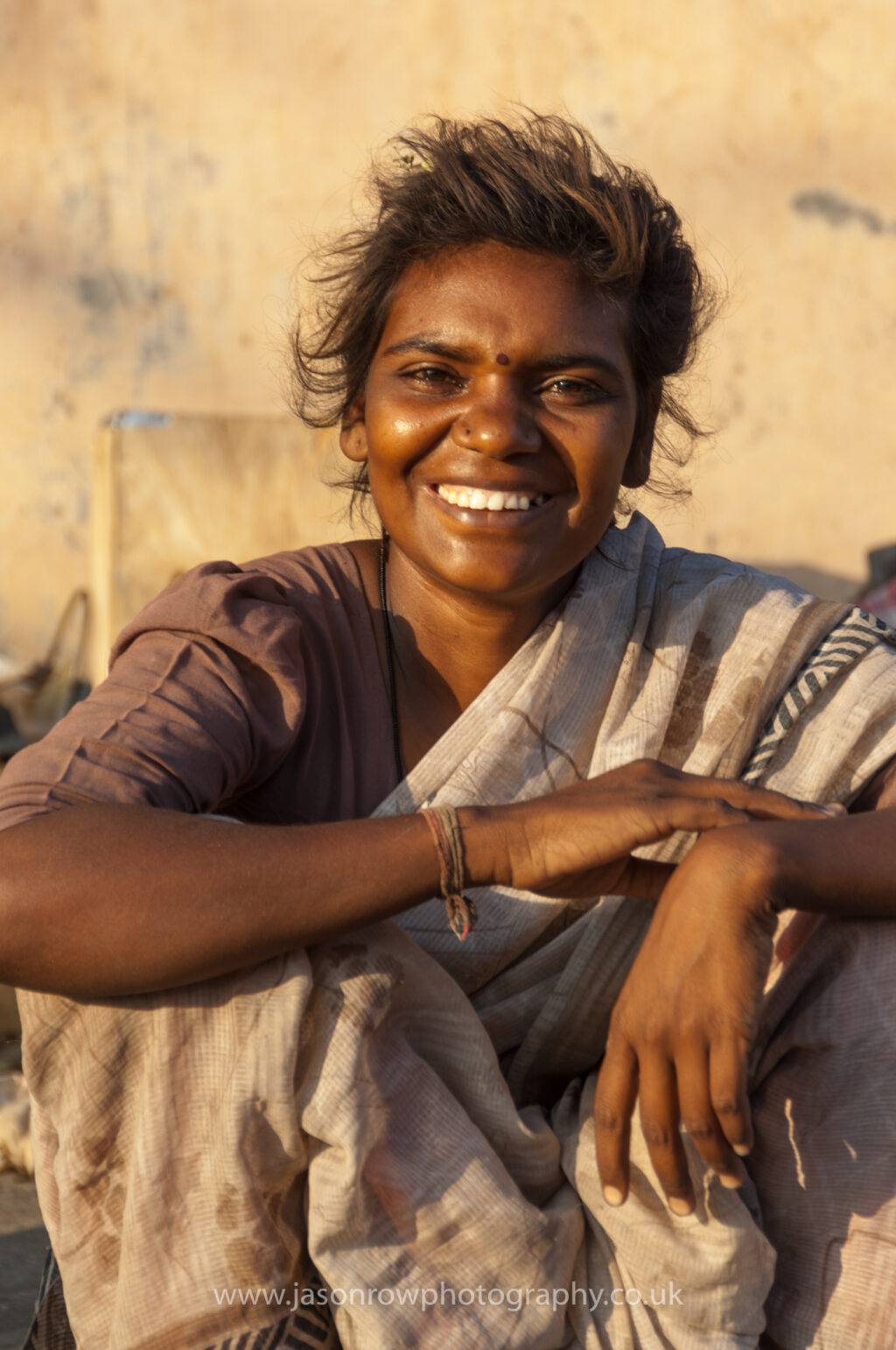
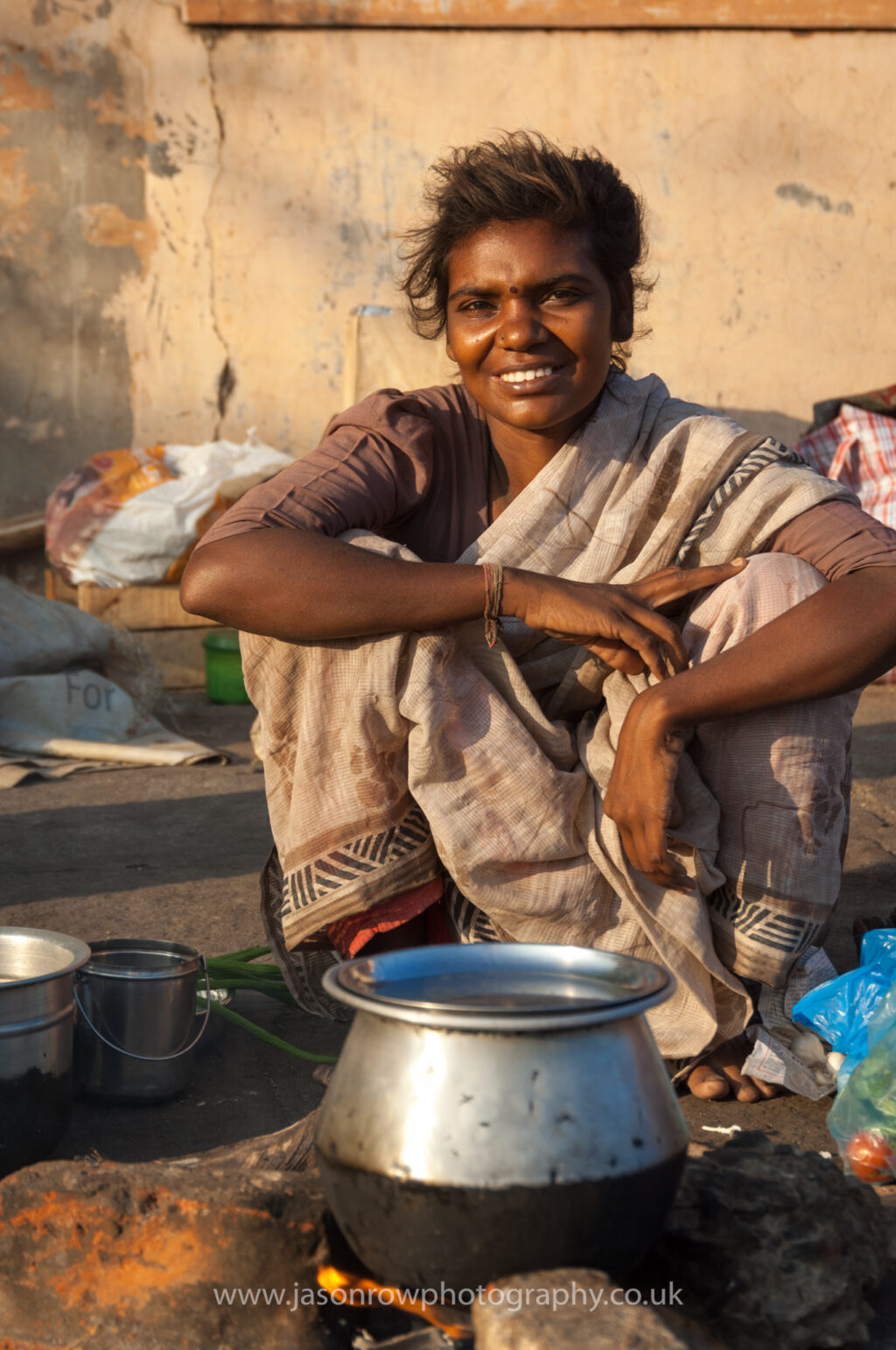
Posing your travel portrait subjects is often not as important as the composition. As you are trying to give a feel for the location and the person, the best poses will come where the subject is interacting with their environment. Try shooting a mixture of shots where the subject is concentrating on their work/pastime but also where they are looking directly at the camera.
Build A Connection With The Locals
The hardest form of travel portraiture is when visiting a new location. Even having done your research, it can be hard to connect with local people. Try joining some local Facebook photography groups before you go. Like-minded people will always be able to give you insights and introductions to locals easing your way into the shoot.
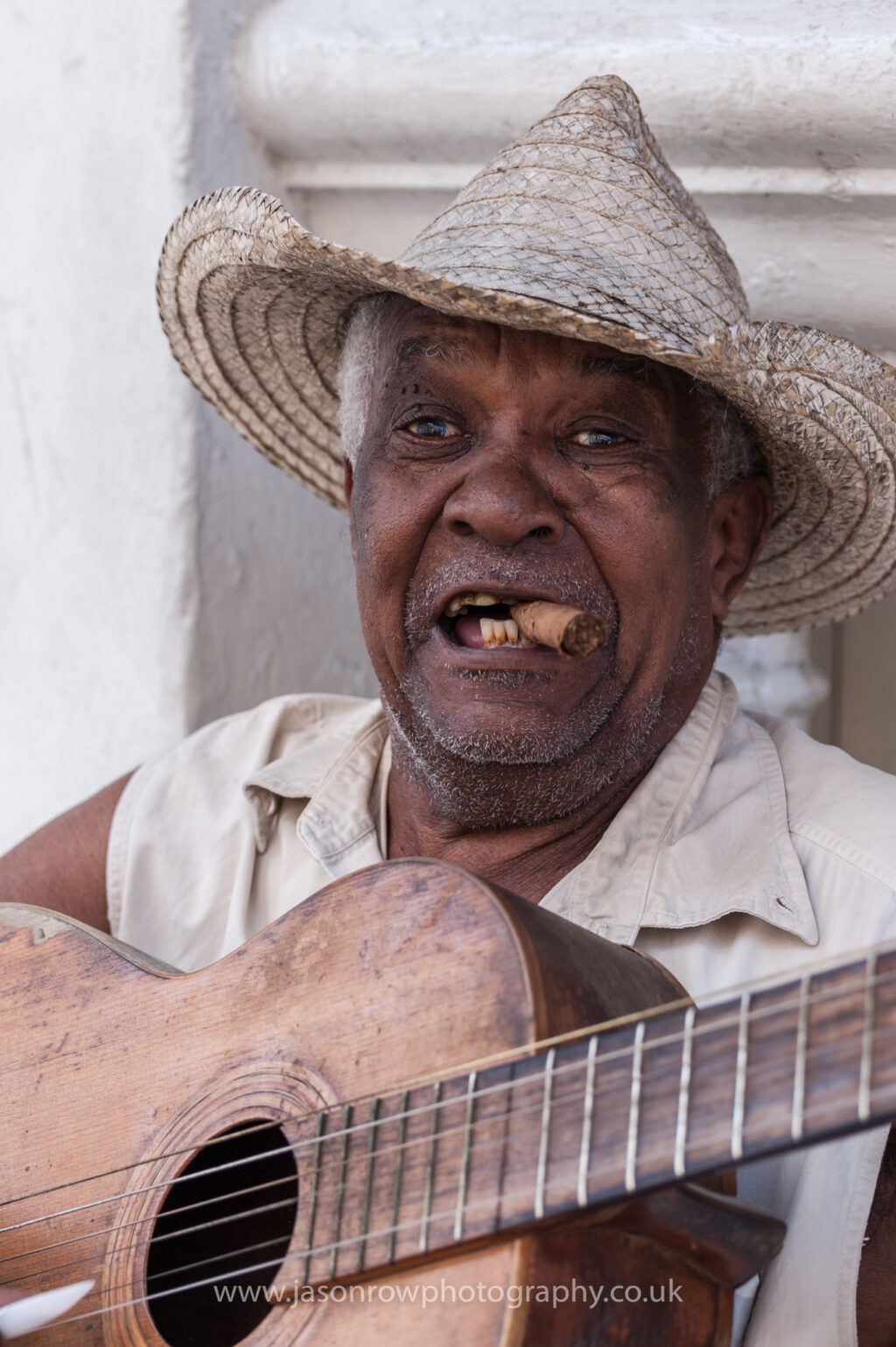
Language is often an issue but one universal way to communicate is with a smile. Being open, smiling, and gesturing with your camera is the easiest way to overcome language barriers. You will be able to tell quickly from a person’s body language whether they will be willing to have a portrait taken. If it feels negative, thank the person and walk away. Never shoot someone that doesn’t want to have a picture taken.
Taking travel portraits is not for the faint-hearted. Approaching and engaging with people is never easy, more so when you do not share a common language with those people. You can generally see from body language whether a person is amenable before you even approach. In my experience, most people are relatively open to having their picture taken, and those that don't are rarely aggressive.
Overcome your fears, and you will quickly build both your confidence and your library of amazing travel portraits.





2 Comments
A short but good article with great images. I was pleased to read about respecting and engaging the local “subjects”. I have found this the most difficult during travel. I just love the faces of the people I see, but I’m truly shy about asking to photograph them, and in spite of smiles etc, the language barriers make it difficult to connect. And beware of photographing kids, as innocent as you may be. A nearby parent can be appropriately annoyed/angry. And if a middle-aged man returns with a camera or laptop with kids’ photographs this can arouse suspicion (as told to me by a policeman here in Canada).
You are right to an extent about photographing kid, particularly in western culture. However the all the kids I have shot have been in places like Asia or Latin America where attitudes are a little different. That said every child travel portrait I have done is because they asked me rather than me approaching them.